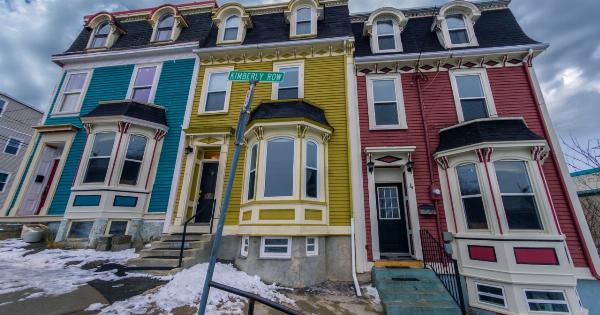For centuries, trees have been known for their healing powers. They not only provide shade and oxygen, but they are also known to have a calming effect on people, reducing stress and anxiety.
Trees have been linked to improving mental and physical health, making it an important focus for investing in healthy communities.
Why Trees are Important for Community Health
Trees provide numerous benefits that are vital for community health, both physical and mental. From reducing air pollution to lowering stress levels, trees have been found to be an asset to promoting a healthy environment.
The Physical Benefits of Trees
Trees are known to aid in cleaning the air by absorbing pollutants. Researchers have found that urban trees are capable of providing a significant reduction in the levels of nitrogen dioxide within the surrounding area.
This can help reduce respiratory issues.
Trees can also help reduce the amount of carbon dioxide in the atmosphere, reducing the negative effects of climate change. As they grow, trees take in carbon dioxide and release oxygen, making them an essential part of the atmosphere.
The Mental Benefits of Trees
Trees have a calming effect on people, reducing stress and anxiety levels.
A study published in the Journal of Environmental Psychology found that people who lived in areas with more trees experienced lower levels of stress than those living in areas with fewer trees. Additionally, they found that the more trees people had access to, the less likely they were to suffer mental or physical health problems in general.
Another study conducted in Japan found that “forest bathing,” or spending time in a wooded area, led to lower levels of cortisol, a hormone that is linked to stress.
Investing in Healthy Communities through Tree Planting
Planting trees is a cost-effective way to address numerous health concerns within a community. Trees can help with air pollution, flooding, and erosion, among other things.
Investing in green infrastructure can provide numerous health benefits, such as lower rates of respiratory illness, increased physical activity, and healthier diets.
Tree planting initiatives can also help address social and economic inequalities within a community.
People living in low-income areas are often at the greatest risk for health problems caused by environmental hazards such as air pollution, and trees can provide a solution by improving air quality and reducing the risk of respiratory problems.
The Importance of Community Involvement
When planning tree planting initiatives, it is important to involve the community in the process. This can ensure that the initiative is tailored to the community’s needs and concerns.
Community involvement can also help build trust among residents, making it more likely that they will take care of the trees.
Education is also key to ensuring that the community sees the benefits of the initiative.
People may be hesitant to invest in tree planting if they don’t understand the benefits, so it is important to provide information on the numerous physical and mental health benefits that trees can provide.
The Future of Tree Planting Initiatives
As communities become more aware of the benefits of tree planting, it is likely that we will see more investment in tree planting initiatives.
Trees are an essential part of building healthy communities, and investing in them can provide numerous benefits for both physical and mental health.
As climate change and urbanization continue to be significant challenges, investing in green infrastructure will become increasingly important.
Planting trees can provide a cost-effective way to address numerous health concerns, and building healthy communities will continue to be a priority.
Conclusion
The healing power of trees cannot be ignored when it comes to investing in healthy communities. Trees can provide numerous physical and mental health benefits, from reducing air pollution to reducing stress levels.
By investing in tree planting initiatives and involving the community in the process, we can build healthier, more resilient communities that are better equipped to deal with the challenges of the future.




























